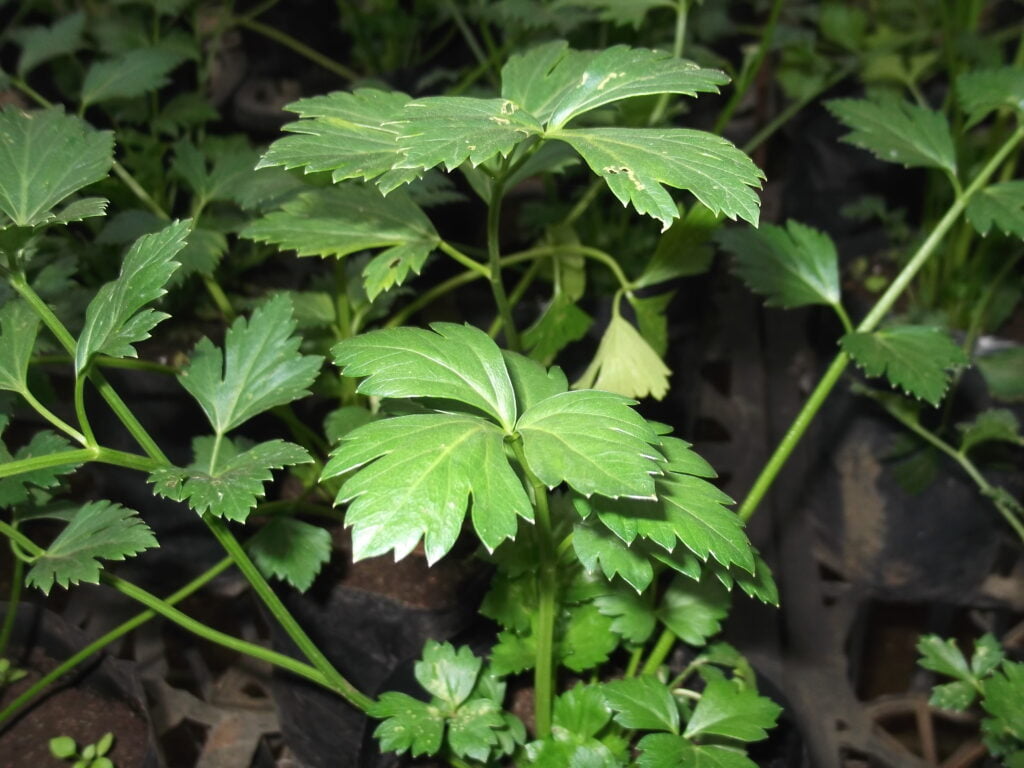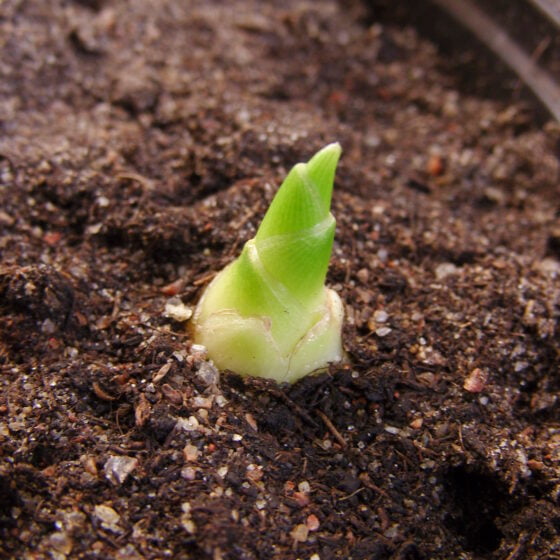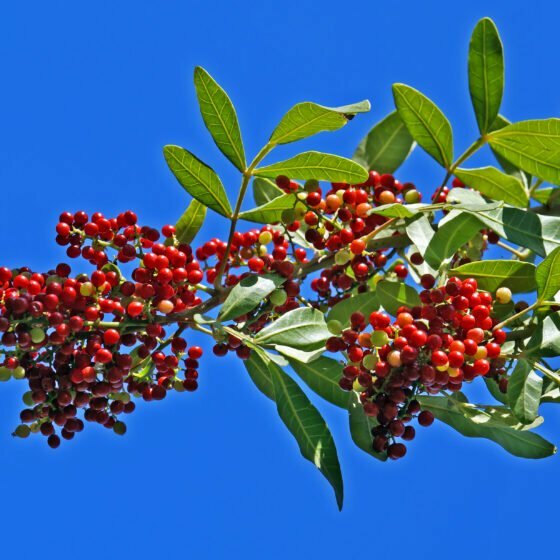
Celery seeds India
Apium graveolens
General data
Harvest Calendar
- J
- F
- M
- A
- M
- J
- J
- A
- S
- O
- N
- D
Product details Fragrance side
It is found in small quantities in perfumed products because of its power, celery is used to nuance fresh eaux fraîches, floral accords or chypre perfumes.
About
Celery is a biennial vegetable. It forms a rosette of basal leaves in its first year, then blooms the following year. Its small, white or light-green flowers are grouped in compound umbels. The glossy, dark-green leaves are delicately segmented and resemble lovage leaves. Several varieties of celery exist and each has a different morphology. The cultivated varieties are celery root, celery, and cutting celery (also called Chinese or leaf celery). These plants were probably first sourced from the wild forms in Egypt more than two thousand years ago. The celery used to extract the essential oil is wild celery or Apium graveolens. The seed harvest takes place in June and July: The celery stalks are reaped early in the morning and set out to dry for a few hours. The plant material is then threshed to separate the seeds from the rest of the plant. The seeds are crushed just before distillation for improved essential oil release.
A respected plant in Egypt and Ancient Greece, celery was eaten in the early days of Rome. In addition to its culinary uses, it was grown as a medicinal plant. It is mentioned in the in the estate management text Capitulare de Villis from the reign of Charlemagne. For the ancients, celery was one of the “five roots,” along with asparagus, fennel, parsley and Butcher’s broom, as well as one of the four lesser hot seeds.
Fragrance side
It is found in small quantities in perfumed products because of its power, celery is used to nuance fresh eaux fraîches, floral accords or chypre perfumes.
About
Celery is a biennial vegetable. It forms a rosette of basal leaves in its first year, then blooms the following year. Its small, white or light-green flowers are grouped in compound umbels. The glossy, dark-green leaves are delicately segmented and resemble lovage leaves. Several varieties of celery exist and each has a different morphology. The cultivated varieties are celery root, celery, and cutting celery (also called Chinese or leaf celery). These plants were probably first sourced from the wild forms in Egypt more than two thousand years ago. The celery used to extract the essential oil is wild celery or Apium graveolens. The seed harvest takes place in June and July: The celery stalks are reaped early in the morning and set out to dry for a few hours. The plant material is then threshed to separate the seeds from the rest of the plant. The seeds are crushed just before distillation for improved essential oil release.
A respected plant in Egypt and Ancient Greece, celery was eaten in the early days of Rome. In addition to its culinary uses, it was grown as a medicinal plant. It is mentioned in the in the estate management text Capitulare de Villis from the reign of Charlemagne. For the ancients, celery was one of the “five roots,” along with asparagus, fennel, parsley and Butcher’s broom, as well as one of the four lesser hot seeds.
Other type of extracts
(Spicy)


